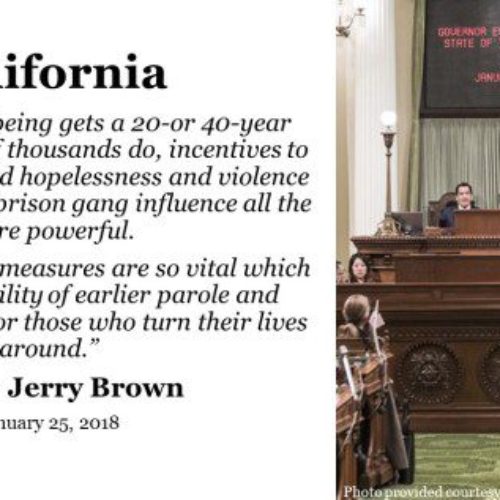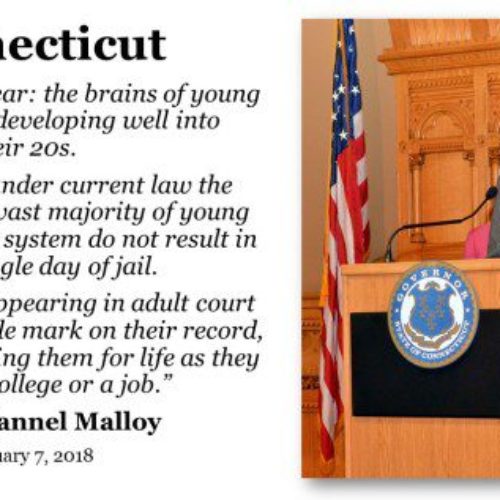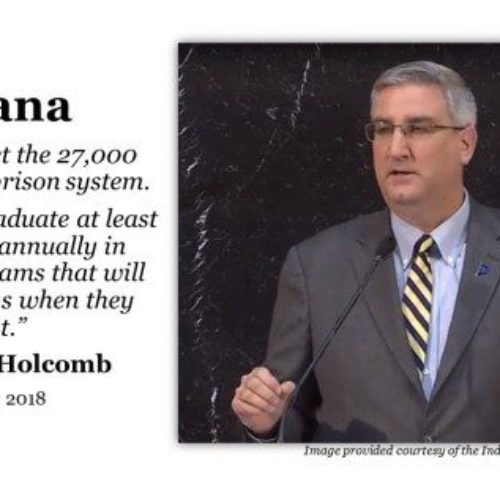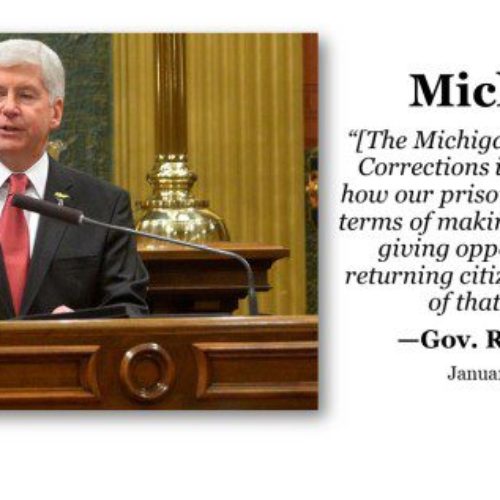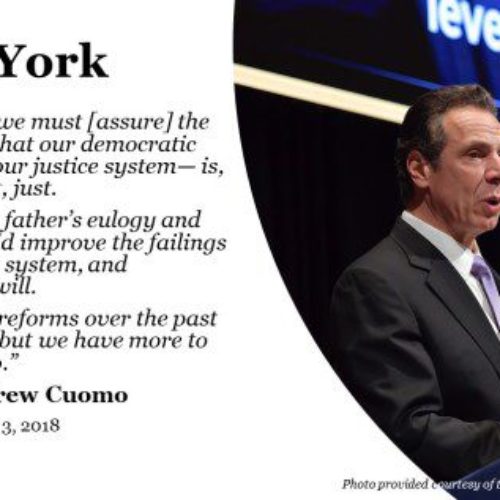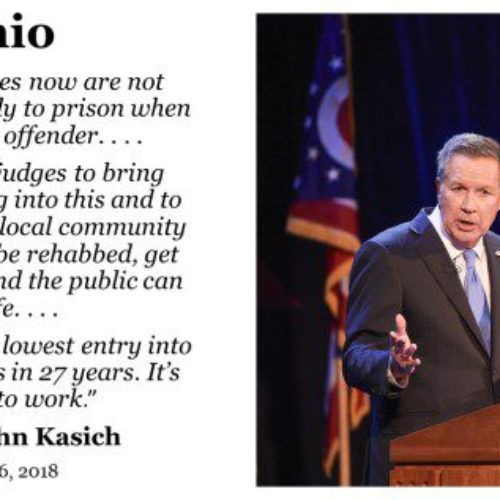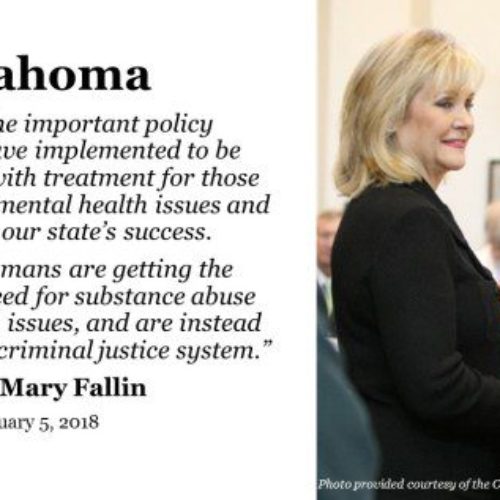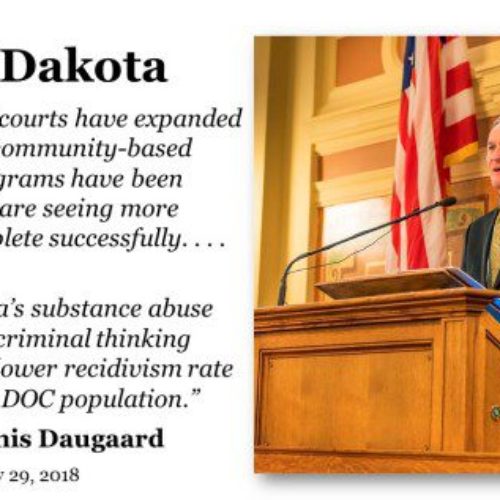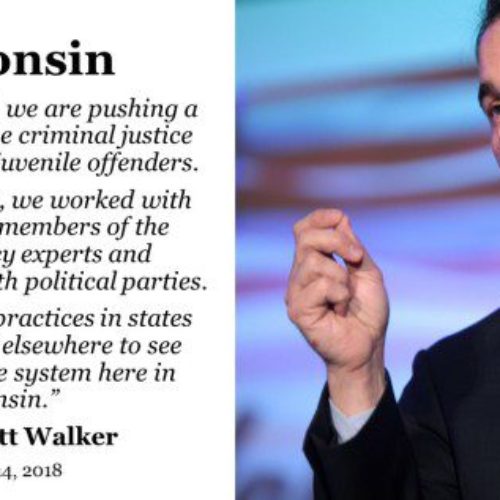In State-of-the-State Speeches, Governors Point to Criminal Justice Reform as Priority
Since January, governors across the country have taken to their statehouses’ podiums to deliver their annual State of the State addresses, reviewing the past year’s progress and outlining their goals and policy priorities for the future.
Many governors used their State of the State addresses to highlight criminal justice reforms, emphasizing the need to increase public safety while implementing cost-effective strategies to improve outcomes for people in the criminal justice system. While many approaches were touted, governors urged the use of research-based strategies proven to be effective, including technical skill and workforce development programs as well as addiction and mental health treatment provided during incarceration. These approaches can reduce recidivism and, subsequently, reduce the costs of justice system involvement that are borne by taxpayers.
The need to be “smarter” on juvenile justice system improvements, such as reevaluating the practice of placing youth in the justice system in group homes instead of keeping them in their communities, was also discussed. Additionally, governors noted the need to improve the overall culture within corrections facilities and provide more training and support to staff working with people who are incarcerated. Overall, there was an emphasis on helping criminal justice practitioners and people who are leaving incarceration create a safe, sustainable life for themselves and others in their communities, including creating pathways for adults and youth who struggle to find employment due to a criminal record.
This sentiment was echoed at the federal level, with President Donald J. Trump announcing in his State of the Union address that helping people with records find jobs was a focus for his administration.
“As America regains its strength, opportunity must be extended to all citizens,” he said. “That is why, this year, we will embark on reforming our prisons, to help former inmates who have served their time get a second chance at life.”
Arkansas policymakers have long expressed concerns about the state’s high recidivism rate. Over the past 10 years, an…
Read MoreIn April 2025, Arkansas Governor Sarah Huckabee Sanders signed a package of bipartisan criminal justice legislation into law,…
Read More Explainer: Key Findings and Options from Arkansas’s Justice Reinvestment Initiative
Explainer: Key Findings and Options from Arkansas’s Justice Reinvestment Initiative
Arkansas policymakers have long expressed concerns about the state’s high recidivism rate.…
Read More Explainer: How a New Law in Arkansas Tackles Crime, Recidivism, and Community Supervision Challenges
Explainer: How a New Law in Arkansas Tackles Crime, Recidivism, and Community Supervision Challenges
In April 2025, Arkansas Governor Sarah Huckabee Sanders signed a package of…
Read More












